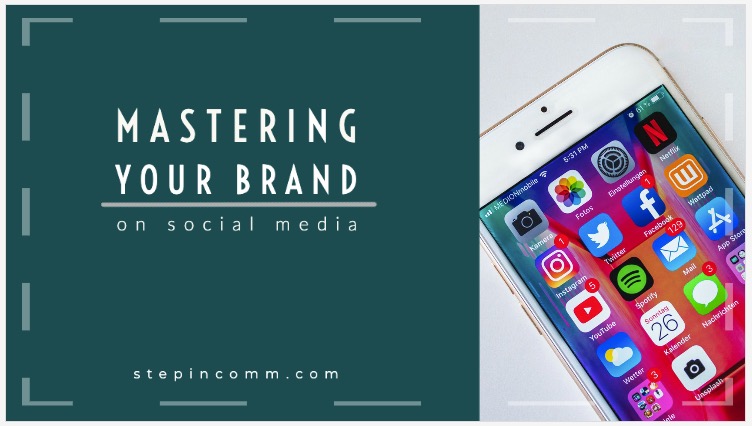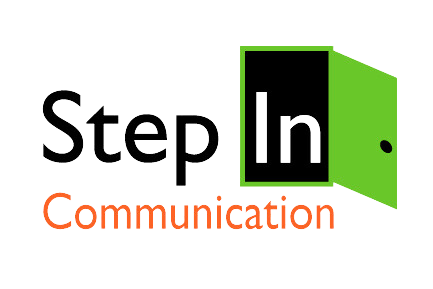 Part 4 in the Outside Channel Manager Series
Part 4 in the Outside Channel Manager Series
Guest post by Jennifer Hatton
Time has flown by and we are already at Part 4 of our channel management series.
Our topic today is one of my favorite things to talk about in social media – Scheduling and Finding Content. There are so many assets you can use and questions you can ask to help fill your content calendar, regardless of the type of page you manage. Let’s discuss how to balance the type of messages you are sending to create a versatile schedule.
Scheduling –Use An Editorial Calendar
Great social media managers need to work to find content – it’s not magic. Scheduling content should be intentional and part of your overall process. The first step in effective scheduling is creating and using an editorial calendar. It does not have to be extremely detailed or on a fancy spreadsheet — although those are nice. An editorial calendar is a map where you plan out what you want to say, when you want to say it and mix your content so you can reach your goals and metrics but also stay relevant and interesting to your audience. Audience identification should be part of your onboarding, which we discussed in Part 2: The Warm Handoff.
Information you need to create an editorial calendar:
- Social media platforms you will be using.
- Audiences – customers, employees, stakeholders, partners, etc.
- Best days of the week to post
- Best time of each day to post
- Metrics that you will be reporting
Example:
| Date | Post Time | Message | FB | TW | IG |
| 12/01/16 | 8:45pm | Please join us for our upcoming seminar on “How to Find Social Media Content” <NOTE: Link to FB event> | X | X |
Using an editorial calendar will save you time by allowing you to schedule content ahead of time (do you use Sprout, Hootsuite, Facebook or another content scheduler?) in batches. You can create placeholders for when you are waiting on content from your client, such as an event or news piece. The rest can be done weekly or bi-weekly by doing it at all at once. Most social media managers, especially those who are external, have to be efficient with their hours, so they can’t post multiple times a day, every day manually. Plan ahead, save time and have a better variety of content – yes please!
Content Variety
Making sure your content is focused on helping you reach your metrics is important for us and for our clients. If you fill your page with self-serving sales pitches or constant talk about services or products, you will soon have a very small and inattentive audience.
This is where scheduling comes in!
Lay out the “must have” marketing messages, then see how you can organically find and schedule other messages with a share, or by asking a question or posting an infographic – make it interesting! Next you should layer in other types of content, that can be staff focused, client appreciation, educational or even funny. People learn and absorb information differently, so look at the way you are delivering your content to make sure you aren’t doing the same thing repeatedly and missing part of your audience. Have a mix of text posts, photos, videos, links to your website, links to other (trusted) sources, shares from partner pages and memes or infographics. Variety in your content and delivery method will make your page more interesting and effective.
Finding Content
Now that you have a fabulous editorial calendar and you know what content you have and what content you need, you can go to work collecting it.
Internal Assets
First take inventory of what internal assets you have. Look at:
- Website
- Photos
- Blog
- Newsletter
- Team
- Flyers/Mailers/Posters
- Annual Events
- Speeches
- Presentations by company leaders
Often there is content all around you, but it’s easy to overlook. Remember that your audience doesn’t see what you see every day, so linking them to helpful or informative pages on your website is good. Share photos of employees to show the human side of the business and especially any recognition they receive. A few of my clients have the most views and shares when an employee award is posted in social networks. They have an enormous internal audience on their social channels — it boosts morale to see their co-workers honored and promoted on the company page.
External Assets
Next, look at external assets including websites, social media accounts and newsletters from among your partners, topic authorities, sponsors, industry experts.
Interest lists are a good way to mine for content. Twitter lists take time to set up, but save a whole lot of time when you need content for your channels. Facebook lists are a little more challenging, simply because they are connected to your personal account and not your business page, but they are still helpful to flag channels to review later. There are other tools you can use including Mention and Post Planner that will search by topic and key words to help you find relevant articles or posts online.
Taking the time to schedule out your posts will not only save you time but takes your social media networks to the next level. Using a diverse content gathering strategy creates efficiencies for an outside channel manager, and increases the interest in your posts.

Jennifer Hatton manages social media channels –from the outside–for clients in healthcare, tourism, retail and the hospitality industry.
Want to learn more?
Check out Part 3: Using a Critical Eye to Assess Your Social Media
Read Part 2: The Warm Handoff Key to Managing Channels
Start with Part 1: Managing Social Media From the Outside
Want to Rock Social Media for Your Brand? Here’s How:

Our online course, Mastering Your Brand On Social Media will take your social media from beginner to brilliant. Take it at your own pace. Four sessions with 38 lessons and 17 downloadable templates, checklists and guide sheets. Get it today.
